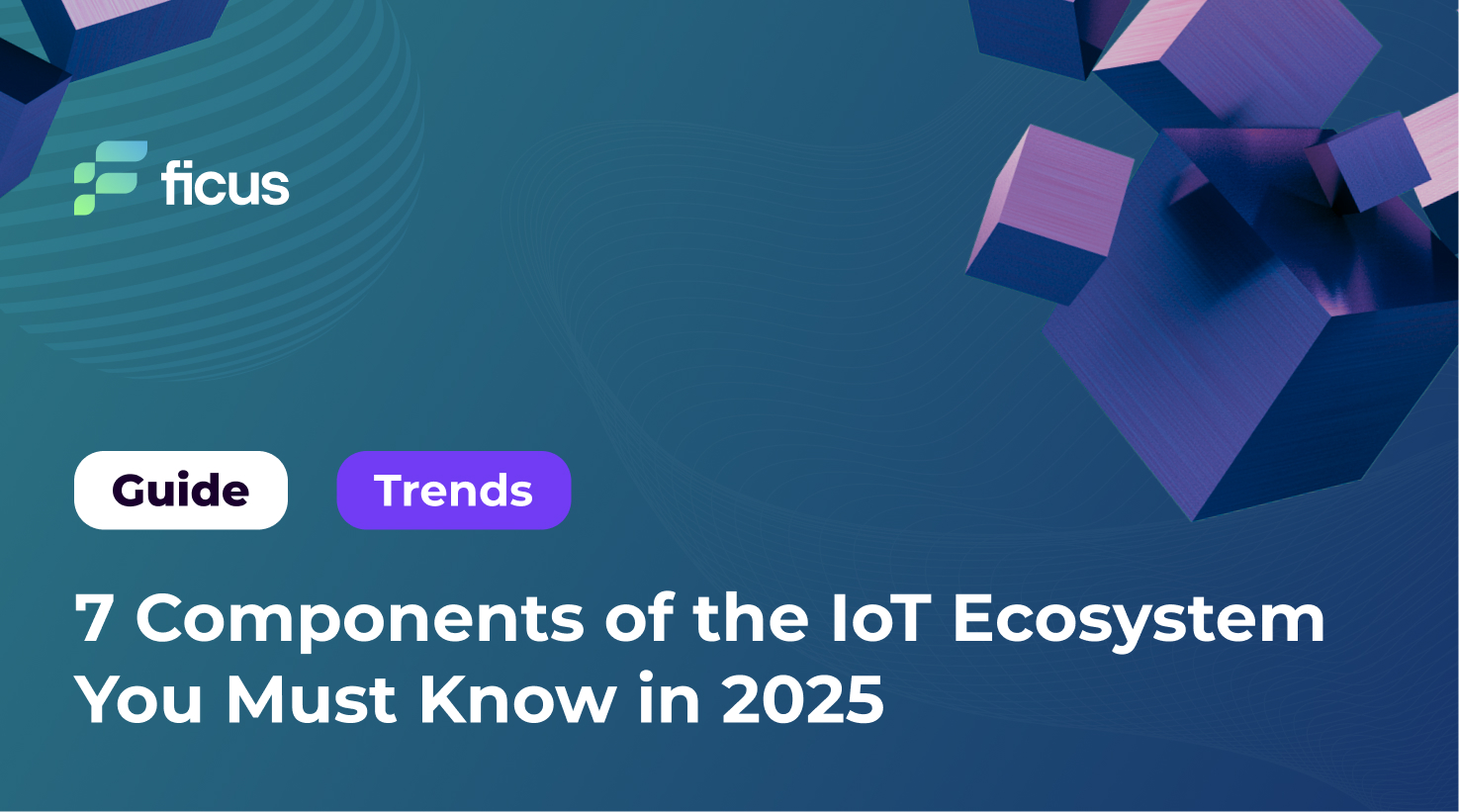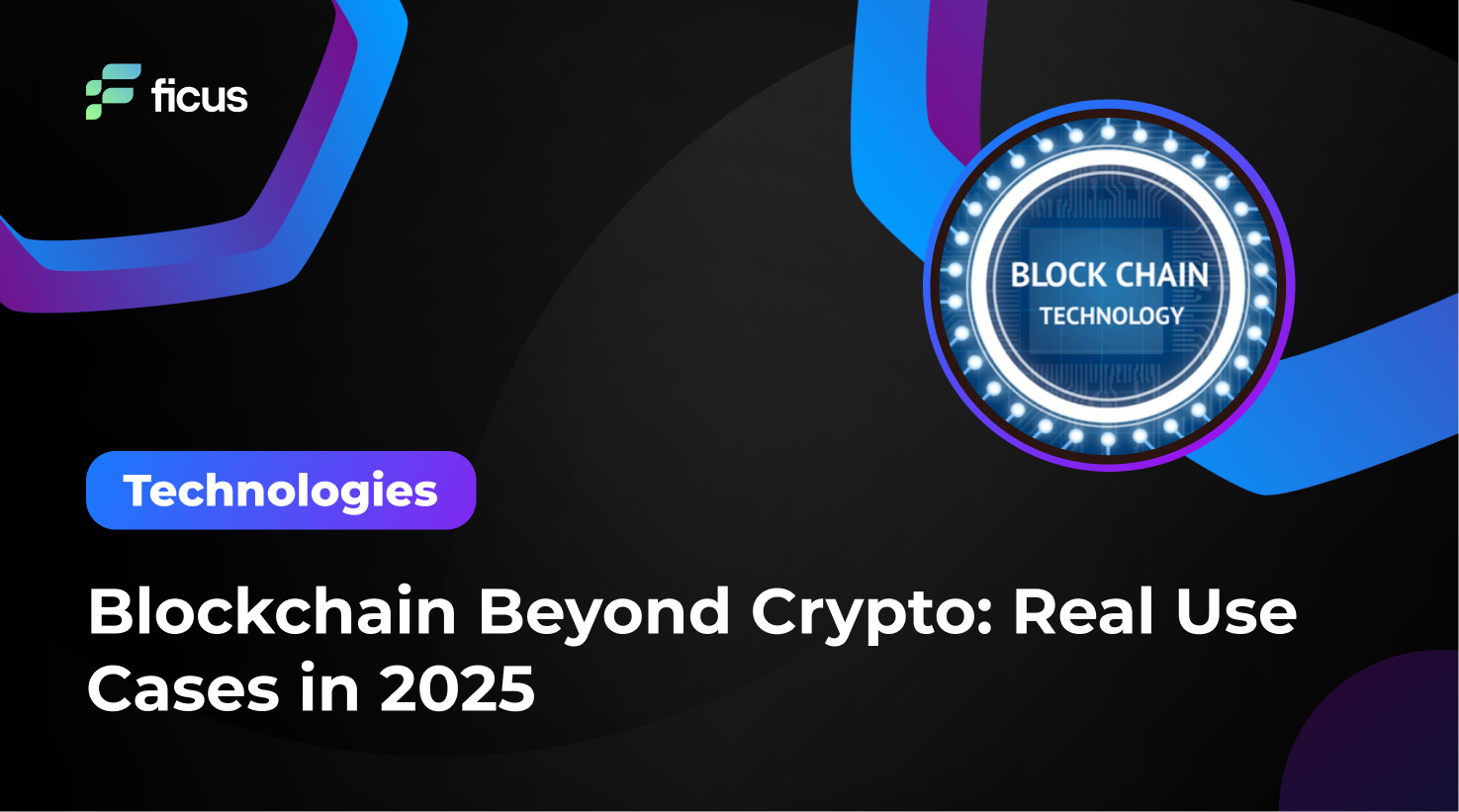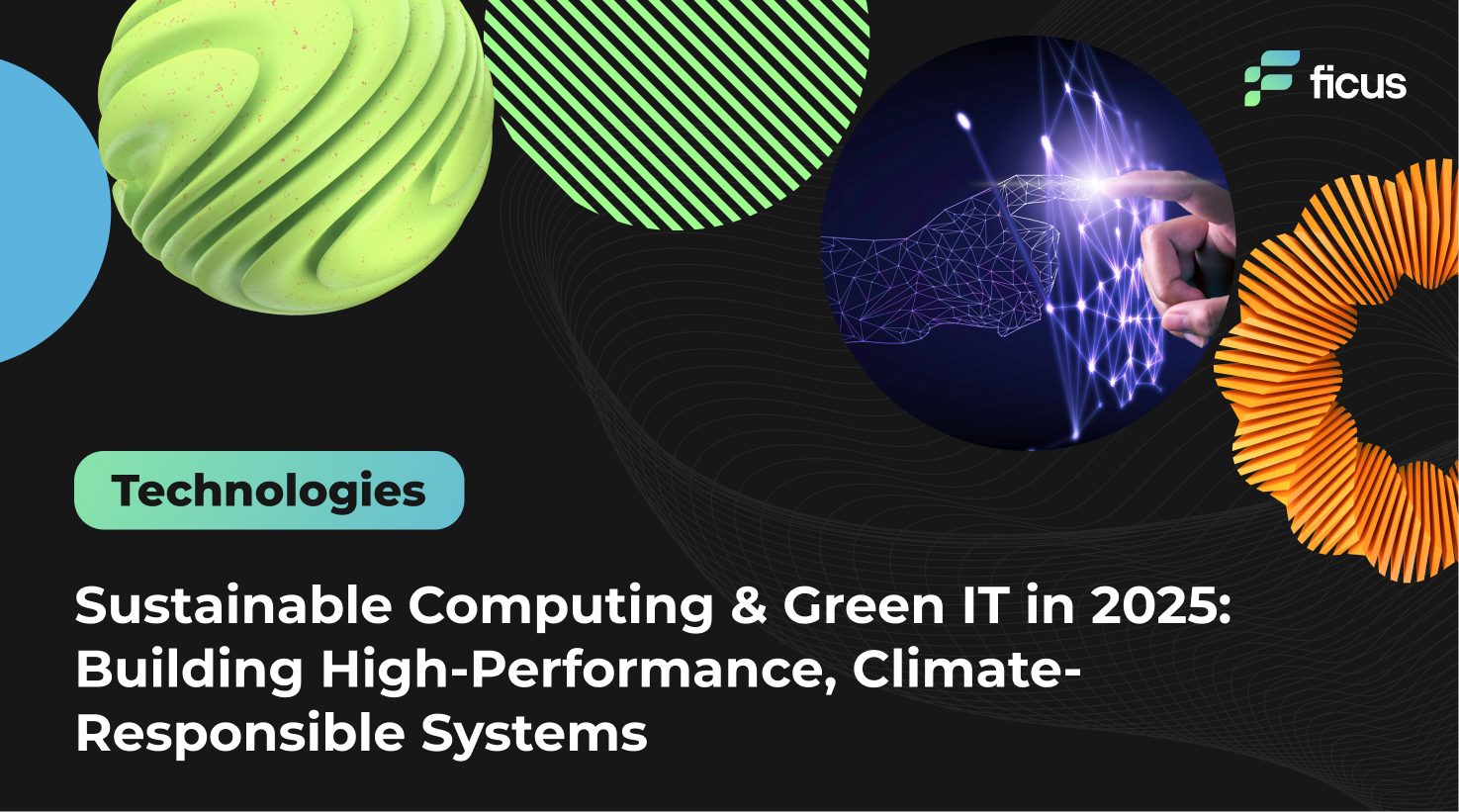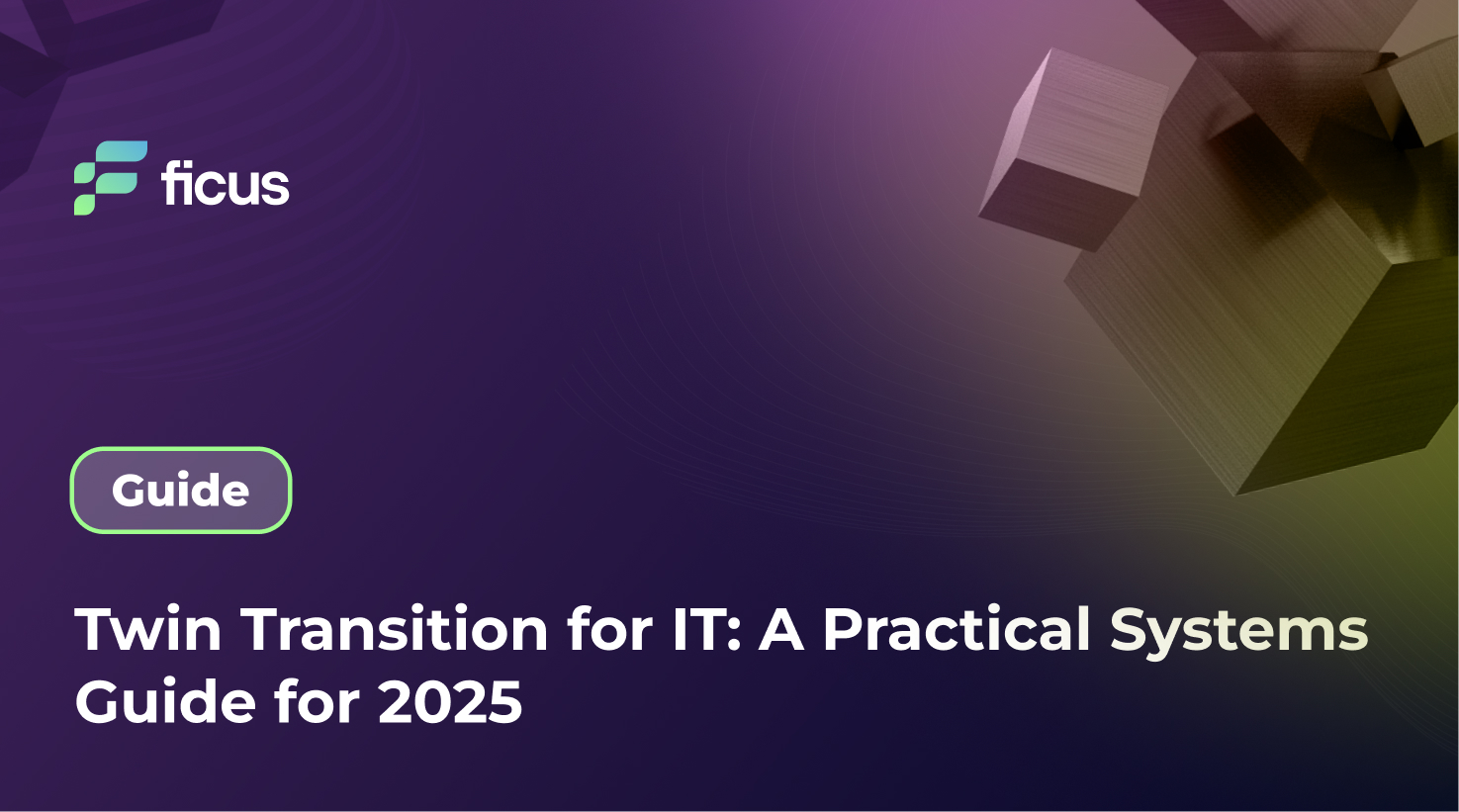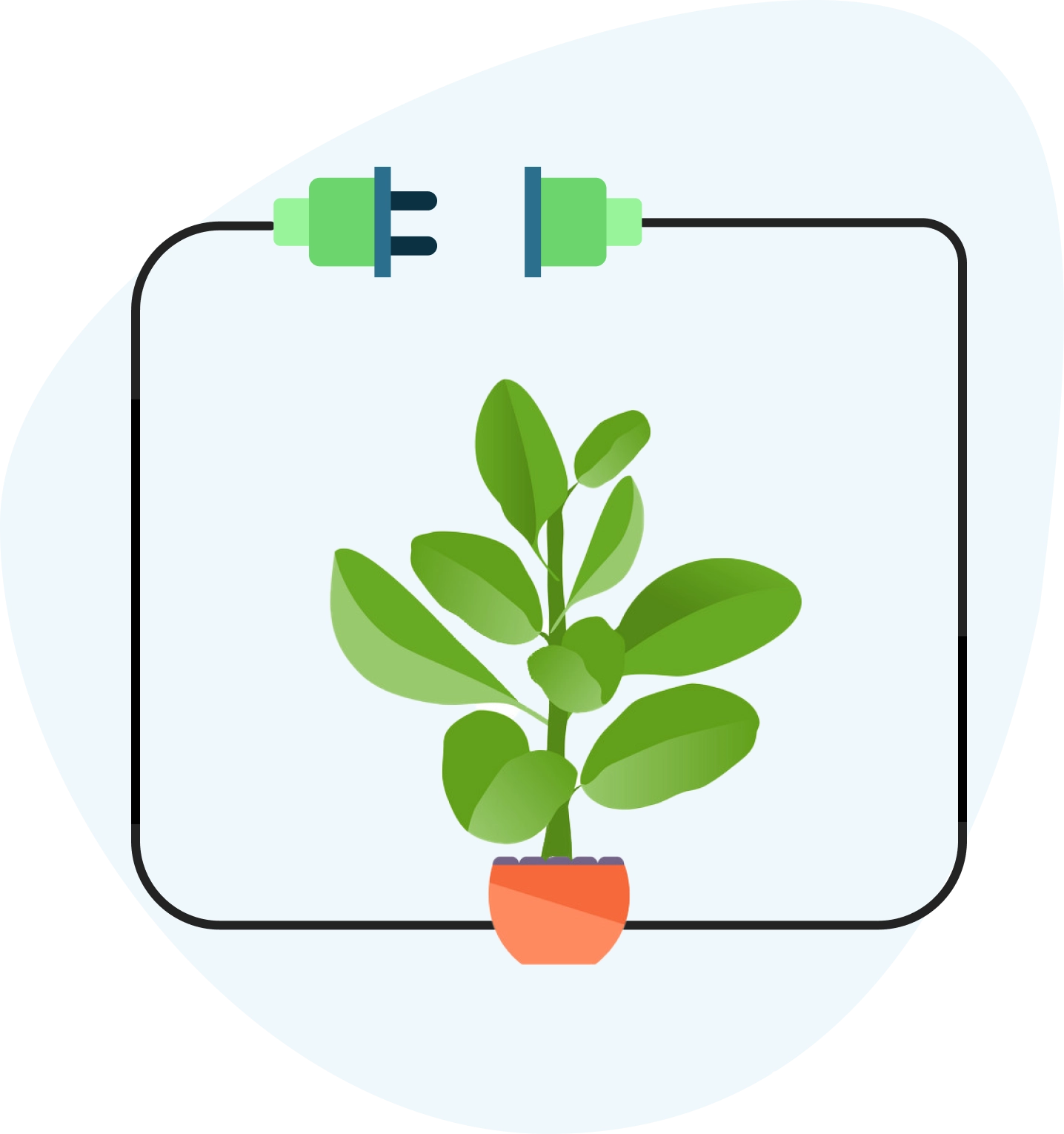The Internet of Things (IoT) has evolved from a niche technology into a cornerstone of modern digital transformation. By 2025, IoT ecosystems have become more sophisticated, integrating advanced connectivity, AI-driven analytics, and edge computing to deliver smarter, faster, and more secure solutions. Businesses across industries—from manufacturing and healthcare to logistics and smart cities—are leveraging IoT to optimize operations, improve decision-making, and create new revenue streams.
However, building a functional IoT solution requires more than just connected devices. It demands a well-orchestrated ecosystem where each component—from sensors and communication networks to cloud platforms and data analytics—plays a critical role. In this article, we explore the seven essential components that form the backbone of a modern IoT ecosystem in 2025, helping you understand how they work together to unlock the full potential of connected technology.
Operations managers planning smart infrastructure.
Enterprise architects designing next-gen systems.
Analysts assessing IoT projects or vendor capabilities.
- A robust IoT ecosystem relies on interlocking components—from sensors to cloud and analytics — to provide actionable intelligence.
- Security, connectivity, and user experience are just as important as sensors and actuators.
- Scalable systems require modular design, secure gateways, and flexible deployment models (cloud or edge).
The 7 Key Components of an IoT Ecosystem
- Sensors & Actuators
Sensors capture physical parameters (e.g., temperature, pressure, humidity), while actuators act on data (e.g., open a valve, adjust a motor). This is the starting point of the data journey.
Example: Smart thermometers in cold chain logistics detect deviations and trigger alerts to prevent spoilage. - Microcontrollers & Edge Processing
Edge devices preprocess raw data before it’s sent to the cloud. This reduces latency, network load, and improves real-time responsiveness. - Connectivity & Network Protocols
IoT systems rely on stable wireless (Wi-Fi, 5G, LPWAN) and wired protocols (Ethernet, Modbus) to transmit data between devices and systems.
Note: The choice of protocol affects power consumption, data volume, and range—key for scaling. - IoT Gateways
Gateways aggregate, filter, and sometimes process data before sending it to cloud platforms. They bridge different devices and protocols and often add a layer of security.
Example: A smart city gateway connects thousands of sensors monitoring air quality, traffic, and energy usage. - Cloud Services & Storage
Cloud platforms store vast amounts of data, host analytics engines, and provide scalable processing capabilities. Integration with cloud services is essential for advanced data modeling and machine learning.
Leaders: AWS IoT, Microsoft Azure IoT Hub, Google Cloud IoT. - Analytics & Artificial Intelligence
AI/ML algorithms extract actionable insights, predict equipment failures, detect anomalies, and optimize operations.
Use case: Predictive maintenance algorithms in heavy industry reduce downtime by analyzing sensor data trends. - User Interface & Business Applications
The end-users interact with data via dashboards, mobile apps, or ERP integrations. These interfaces must be intuitive, secure, and role-specific.
Goal: Ensure that insights are translated into decisions and actions—fast.
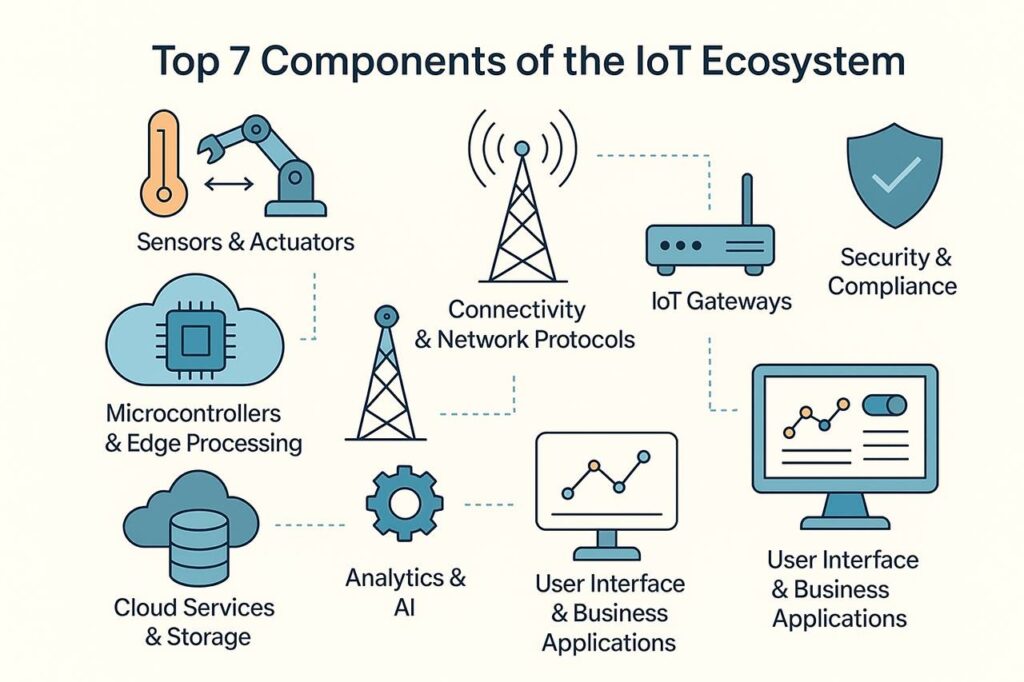
Why It Matters for Your Business
A well-designed IoT ecosystem enables:
- Scalability — support for thousands to millions of devices through standardized layers
- Interoperability — seamless data flow between diverse sensors, networks, and platforms
- Resilience — localized processing at the edge and secure gateways reduce disruption
- Insight — analytics translate raw data into business intelligence
Whether you’re implementing asset tracking, environmental monitoring, smart logistics, or IoT, knowing these components helps you build reliable and scalable solutions.
Conclusion
IoT success in 2025 depends on more than smart devices—it requires an integrated, secure, and scalable ecosystem. From sensing physical conditions to delivering insights, each component has a role to play. When combined intelligently, they become a powerful platform for efficiency, automation, and innovation.
The rapid evolution of technology is transforming our daily lives in profound ways. The Internet of Things (IoT) is leading this change, connecting devices that communicate and share information seamlessly.
TreneyWann
Why Ficus Technologies?
At Ficus Technologies, we design and implement full-stack IoT solutions based on these core components.
Our engineering and product teams deliver:
- Custom sensor & actuator integration
- Edge deployments and local logic using microcontrollers
- Secure connectivity and gateways
- Cloud-native platforms with real-time analytics
- User apps and dashboards tailored to your workflow
- Compliance and enterprise-grade security in every layer
No. Sensors belong to the perception layer (collecting data), while gateways operate at the network edge, connecting devices to the cloud and handling protocol translation and security.
Edge processing reduces latency, allows real-time responses, conserves bandwidth, and safeguards sensitive data by keeping it local when needed.
LPWAN standards like LoRaWAN or cellular networks (NB‑IoT, 5G) are ideal for long-range, low-power applications. Short-range uses include Bluetooth and Zigbee for indoor or tightly grouped environments.
Yes. We deliver end-to-end development—from embedded sensor integration and networking to cloud deployment, analytics, and front-end dashboards tailored to your use case.
Example: In manufacturing, edge devices can flag anomalies in real time without needing cloud communication.
